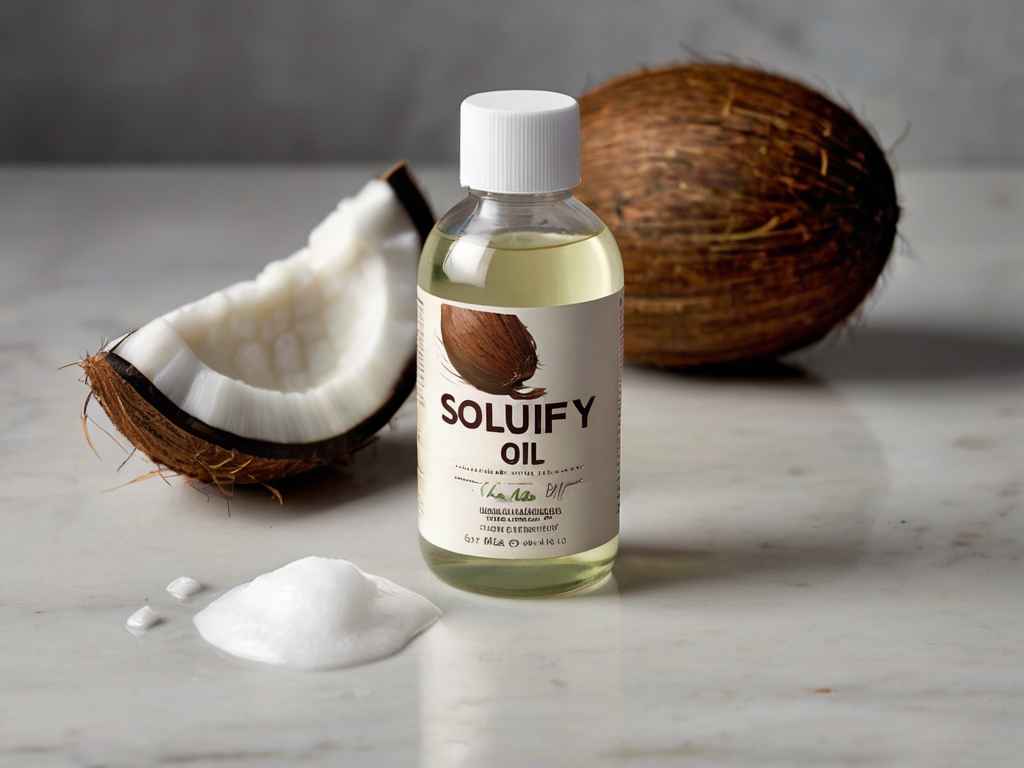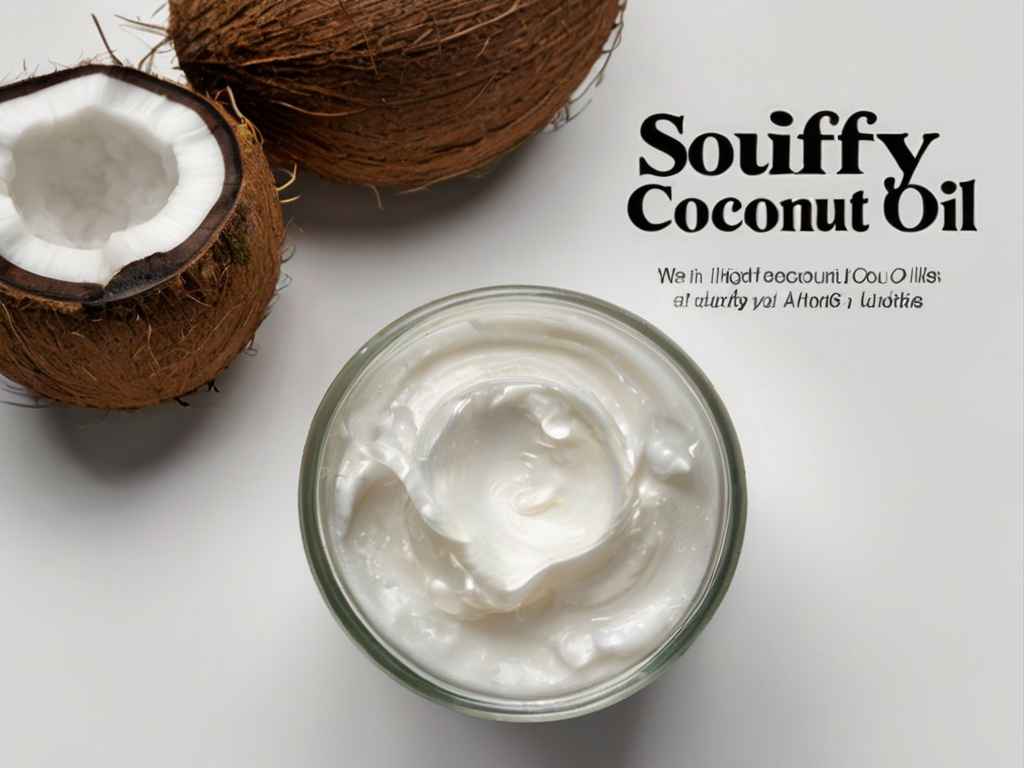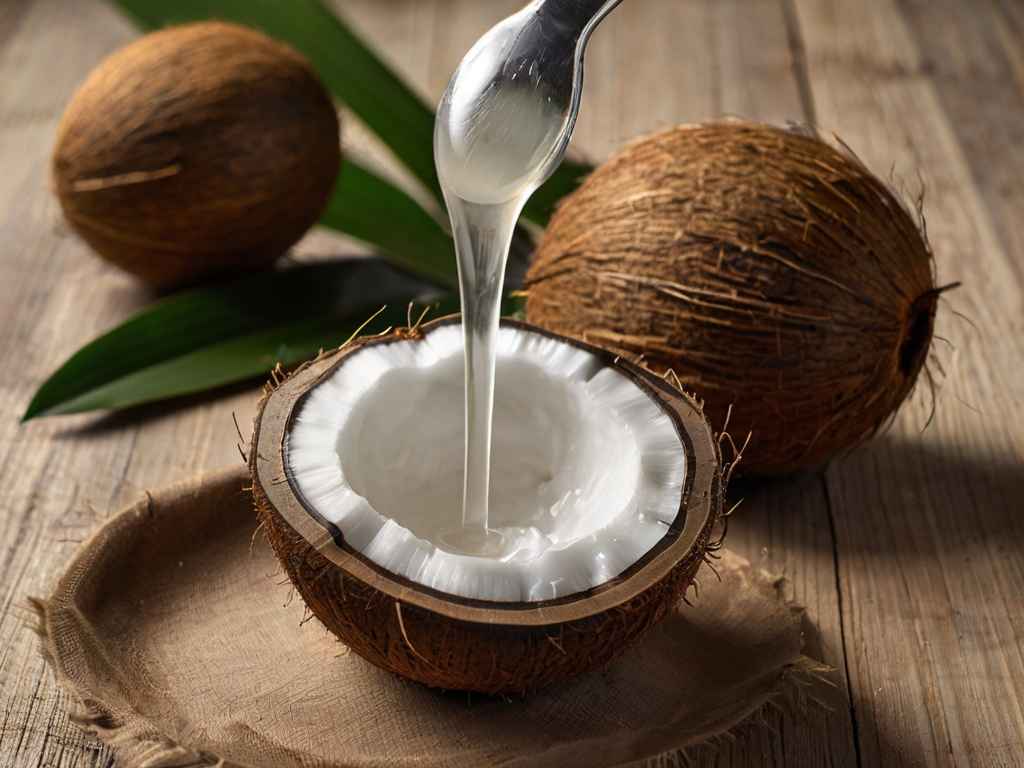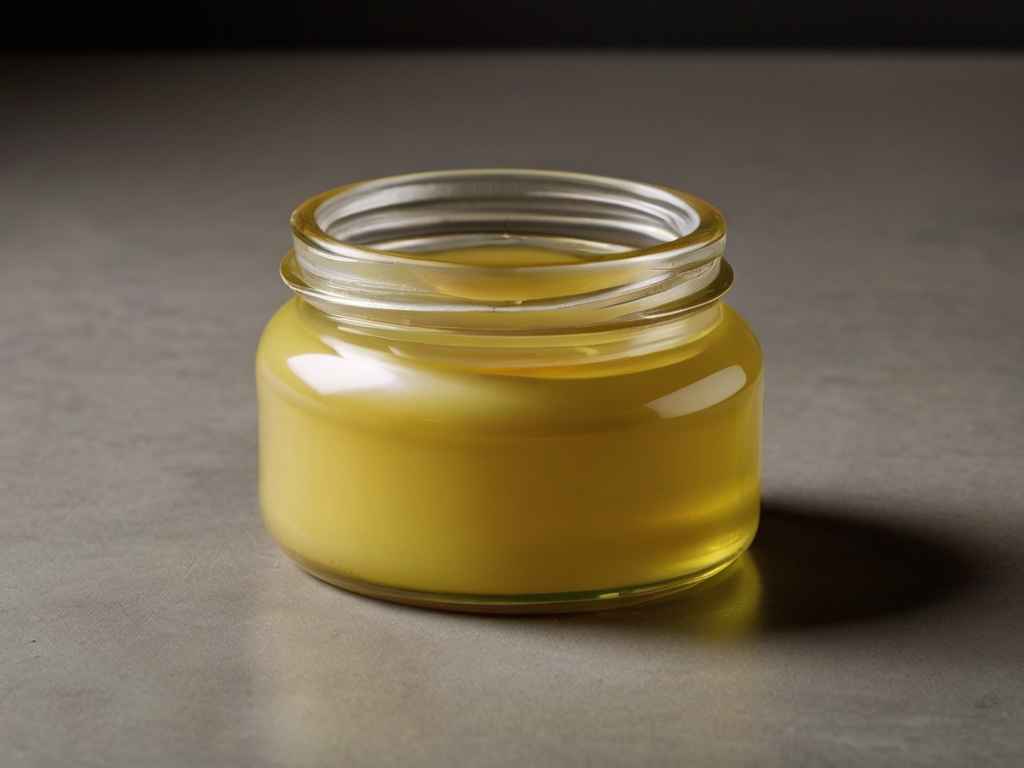The state of coconut oil depends on its temperature. At temperatures below 76°F (24°C), Solidify Liquid Coconut Oil into a creamy texture, while temperatures above this point cause it to liquefy. Solidifying coconut oil is essential for various applications, including skincare products, homemade cosmetics, and certain culinary recipes that require a solid fat.
Techniques to Solidify Liquid Coconut Oil
Cooling Method
Refrigeration: Refrigerating liquid coconut oil is one of the simplest methods to Solidify Liquid Coconut Oil. Place the oil in a glass or plastic container with a tight-sealing lid and store it in the refrigerator. Within a few hours, the oil will solidify into a creamy texture.
Freezing: For a faster solidification process, you can freeze liquid coconut oil. Pour the oil into an ice cube tray or silicone mold and place it in the freezer. Once frozen, transfer the coconut oil cubes to a resealable freezer bag for convenient storage.
Addition of Thickening Agents
Beeswax: Beeswax is a natural thickening agent that can be added to liquid coconut oil to Solidify Liquid Coconut Oil. To use beeswax, melt it gently in a double boiler or microwave, then mix it thoroughly with the liquid coconut oil. Adjust the amount of beeswax according to the desired consistency

Shea Butter: Shea butter is another natural ingredient that can solidify liquid coconut oil. Like beeswax, melt shea butter gently and combine it with the coconut oil. Shea butter adds moisturizing properties and a creamy texture to the final product.
Explore: What to Mix with Coconut Oil to Keep It Liquid
Benefits of Solidified Coconut Oil
Culinary Applications
Solidify Liquid Coconut Oil is ideal for baking, frying, and cooking recipes that require a solid fat. It adds a subtle coconut flavor to dishes and is a popular choice for vegan and paleo-friendly recipes.
Cosmetic and Skincare Uses
Solidified coconut oil is a key ingredient in homemade skincare products such as body butter, lip balm, and lotion bars. Its moisturizing properties help hydrate the skin and lock in moisture without clogging pores.
Considerations for Using Thickening Agents
Safety Precautions
When using thickening agents like beeswax or shea butter, ensure they are of high quality and suitable for cosmetic use. Perform a patch test before applying any homemade products to the skin to check for allergic reactions.
Proportions and Mixing
Experiment with different proportions of thickening agents to achieve the desired consistency. Start with small amounts and gradually increase until the desired texture is achieved to Solidify Liquid Coconut Oil. Thoroughly mix the ingredients to ensure even distribution.

DIY Recipes Incorporating Solidified Coconut Oil
1. Homemade Body Butter
Combine solidified coconut oil with shea butter, cocoa butter, and essential oils for a luxurious body butter that moisturizes and nourishes the skin.
2. Vegan Lip Balm
Melt solidified coconut oil with candelilla wax and flavored oils like peppermint or vanilla for a vegan-friendly lip balm that soothes and protects dry lips.
Explore: How to Solidify Liquid Coconut Oil in Microwave: A Comprehensive Guide
Factors to Consider Before Solidify Liquid Coconut Oil
Temperature
The temperature at which you Solidify Liquid Coconut Oil can affect its texture and consistency. Warmer temperatures may result in a softer consistency, while cooler temperatures can yield a firmer texture.
Shelf Life
Solidified coconut oil generally has a longer shelf life compared to its liquid form. However, it is still important to store it properly in a cool, dry place away from direct sunlight to maintain its freshness.
Texture and Consistency
Consider the desired texture and consistency of the final product when Solidify Liquid Coconut Oil. Adjust the method and ingredients accordingly to achieve the desired results.
Tips for Storing Solidified Coconut Oil
Container Selection
Store solidified coconut oil in glass jars or containers with tight-sealing lids to prevent exposure to air and moisture, which can affect its quality.
Storage Conditions
Keep solidified coconut oil in a cool, dark place away from direct sunlight and heat sources. Proper storage prolongs its shelf life and maintains its quality over time.
Use High-Quality Liquid Coconut Oil
Start with high-quality liquid coconut oil to ensure the best results when solidifying. Look for organic, cold-pressed coconut oil for optimal quality and purity.
Experiment with Ratios
Experiment with different ratios of ingredients to achieve the desired texture and consistency. Adjust the amount of solidifying agents such as beeswax or solid oils according to your preferences.

Consider the Final Use
Consider the intended use of the solidified coconut oil when choosing a solidifying method. Different methods may result in varying textures that are more suitable for specific applications.
Techniques for Solidifying Coconut Oil
Whipping Method
The whipping method involves whipping liquid coconut oil with a hand mixer or blender until it reaches a creamy consistency. This method creates a light and fluffy texture that is ideal for skincare products such as body butters.
Double Boiling Method
The double boiling method entails melting solid oils and beeswax in a double boiler, then adding liquid coconut oil and stirring until well combined. This method allows for precise control over the temperature and results in a smooth, uniform mixture.
Adding Tapioca Starch
Tapioca starch can be added to liquid coconut oil to thicken and solidify it. Mix tapioca starch with liquid coconut oil until smooth, then heat the mixture until it thickens. Allow it to cool and solidify before use.
Explore: How to Solidify Liquid Coconut Oil for Hair
Common Mistakes to Avoid
Overheating the Oil
Avoid overheating the oil during the solidifying process, as this can alter its properties and affect the final texture. Use gentle heat and avoid prolonged exposure to high temperatures.
Using Low-Quality Ingredients
Using low-quality ingredients can result in inferior solidified coconut oil with a compromised texture and scent. Choose high-quality oils and additives for the best results.
Neglecting Storage Conditions
Proper storage is essential for maintaining the quality of solidified coconut oil. Store it in a cool, dry place away from direct sunlight to prevent rancidity and preserve its freshness.
Conclusion
Solidifying liquid coconut oil is a straightforward process that offers various benefits for culinary and skincare purposes. Whether you choose to cool the oil or incorporate thickening agents, understanding the properties of coconut oil and experimenting with different techniques allows you to create customized products tailored to your needs.
FAQs
1.Can I use solidified coconut oil in place of butter in baking?
Yes, solidified coconut oil can be used as a substitute for butter in many baking recipes. However, keep in mind that it may alter the flavor and texture of the final product.
2.Is solidified coconut oil suitable for all skin types?
Solidified coconut oil is generally well-tolerated by most skin types, but individuals with oily or acne-prone skin may want to use it sparingly to avoid clogged pores.
3.Can I add essential oils to solidified coconut oil for fragrance?
Yes, you can add a few drops of your favorite essential oils to solidified coconut oil for added fragrance. Be sure to choose oils that are safe for topical use and perform a patch test before applying to larger areas of skin.
4.How long does solidified coconut oil last?
Solidified coconut oil has a longer shelf life compared to liquid coconut oil and can last for several months when stored properly in a cool, dry place.
5.Can I reheat solidified coconut oil multiple times?
It is best to avoid reheating solidified coconut oil multiple times, as this can degrade its quality and alter its properties. Instead, portion out the amount you need and melt it gently as needed.


1 Comment
[…] Explore: How to Solidify Liquid Coconut Oil: Tips and Techniques […]